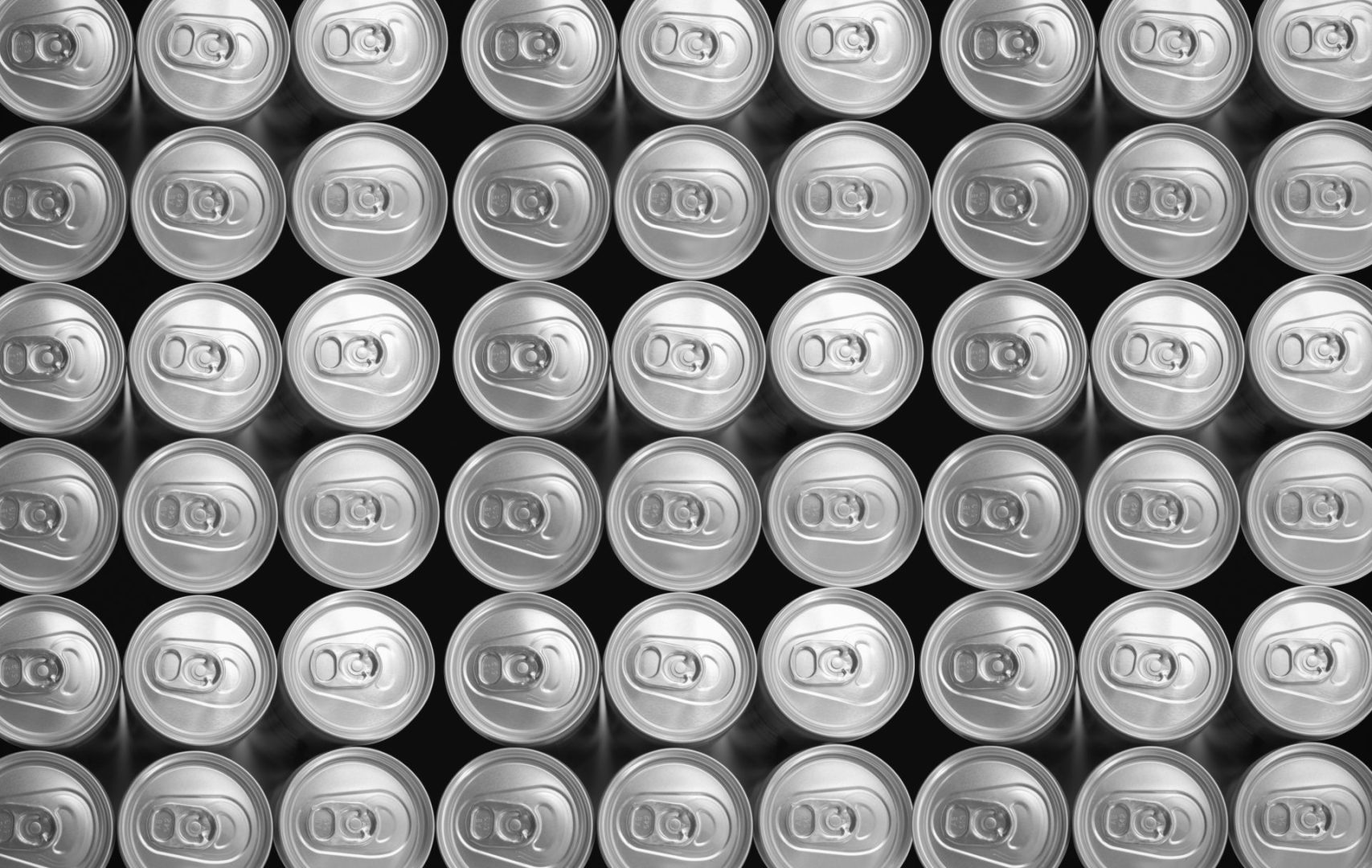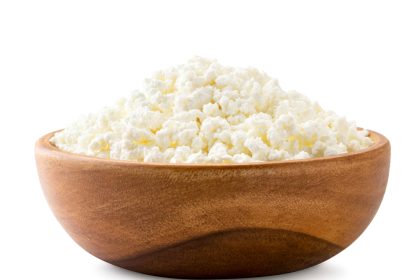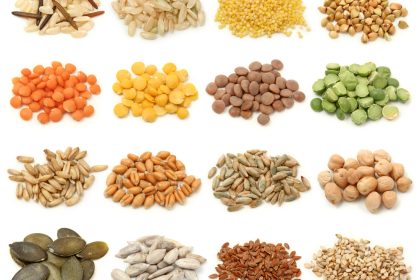Understanding the real risks and benefits of energy drinks can help you make smarter choices about when and how often to consume them
Energy drinks have become embedded in modern culture as quick solutions for fatigue, with millions relying on these beverages for a midday boost or pre-workout energy surge. Global sales of energy drinks continue to rise annually, particularly among young adults and college students seeking enhanced performance and alertness. However, recent scientific findings have sparked conversations about potential health concerns associated with these popular beverages. This comprehensive analysis explores what current research actually reveals about energy drinks and their ingredients, helping consumers navigate confusing headlines and make informed decisions.
The truth about taurine and cancer
Recent headlines suggesting connections between energy drinks and cancer risk have created significant concern among consumers. These alarming claims stem from laboratory research examining taurine, an amino acid commonly found in energy drinks, and its relationship with certain cancer cells. However, understanding the actual research reveals a more nuanced reality than sensational headlines suggest.
The first important clarification involves the nature of the research itself. The recent study that sparked headlines was conducted on mice with existing cancer cells, not on healthy subjects. Researchers discovered that leukemia cells could utilize taurine to enhance their growth, potentially making an aggressive form of cancer even more aggressive. This finding represents an important advancement in understanding cancer biology but does not suggest that taurine consumption increases cancer risk in healthy individuals.
The second key point concerns the context of exposure. Taurine exists naturally in the human body and appears in various foods including meat, seafood, and dairy products. While energy drinks contain higher concentrations of taurine than typically found in natural food sources, no evidence currently suggests that these higher levels initiate cancer development in healthy individuals. The research specifically examined how existing cancer cells might use taurine, not whether taurine causes cancer.
The third consideration involves ongoing research developments. Additional studies investigating potential connections between energy drinks and other health conditions, including colorectal cancer through possible alterations to gut bacteria, remain underway with results expected by late 2025. This evolving research landscape highlights the importance of staying informed as new findings emerge, rather than drawing premature conclusions from limited data.
Caffeine content concerns
Caffeine represents the primary active ingredient in most energy drinks, typically providing the energy boost consumers seek. However, the caffeine concentrations in these beverages often significantly exceed those found in traditional caffeinated drinks like coffee or tea, creating potential health considerations that deserve attention.
The first concern involves dosage transparency issues. Many energy drinks contain between 150-300 mg of caffeine per container, with some products reaching levels exceeding 500 mg. For comparison, a standard 8-ounce cup of coffee typically contains 80-100 mg of caffeine. This dramatic difference means consuming a single energy drink can deliver caffeine equivalent to 3-5 cups of coffee, often without consumers fully recognizing this disparity.
The second issue relates to consumption patterns and tolerance. Unlike coffee, which people typically sip gradually, energy drinks are often consumed rapidly, delivering large caffeine doses to the system in short timeframes. This rapid consumption pattern can intensify caffeine’s effects on the cardiovascular system, potentially causing more pronounced increases in blood pressure and heart rate, particularly in individuals with low caffeine tolerance or underlying health conditions.
The third consideration involves sleep disruption consequences. Caffeine has a half-life of approximately 5-6 hours in most individuals, meaning significant amounts remain in the system long after consumption. Energy drinks consumed in the afternoon or evening can substantially impact sleep quality and duration, creating a counterproductive cycle where poor sleep leads to increased fatigue, prompting further energy drink consumption the following day.
Hidden sugar content
While caffeine and specialty ingredients receive significant attention in discussions about energy drinks, many products contain alarming sugar quantities that can create serious long-term health concerns when consumed regularly. Understanding these hidden sugar levels helps consumers make more informed choices.
The first revelation involves serving size manipulation. Many energy drinks officially list nutritional information based on multiple servings per container, despite most consumers drinking the entire can in one sitting. This packaging approach can make sugar content appear lower than the actual amount consumed. A typical 16-ounce energy drink may contain 54-62 grams of sugar—equivalent to 13-15 teaspoons—exceeding the American Heart Association’s recommended daily limit of 36 grams for men and 25 grams for women in a single serving.
The second consideration examines long-term consumption consequences. Regular intake of sugar-sweetened energy drinks can significantly contribute to insulin resistance, weight gain, and increased risk of type 2 diabetes. The combination of high sugar content with caffeine creates a particularly problematic mixture, as the energy-stimulating effects may mask the fatigue that would normally signal the body to rest, potentially leading to overconsumption.
The third aspect involves alternative sweetener considerations. Many “sugar-free” or “low-calorie” energy drinks substitute artificial sweeteners for sugar. While these alternatives reduce caloric content, emerging research suggests potential concerns regarding their effects on gut microbiota and glucose metabolism. Consumers should recognize that “sugar-free” doesn’t necessarily equate to “health-neutral,” particularly when consumed in large quantities.
Cardiovascular impact factors
Energy drinks can significantly affect the cardiovascular system through various mechanisms, creating both immediate and potential long-term effects that consumers should understand. These cardiovascular impacts extend beyond the commonly recognized effects of caffeine alone.
The first cardiovascular consideration involves blood pressure responses. Research indicates that energy drink consumption can cause acute increases in both systolic and diastolic blood pressure, with effects potentially lasting several hours after consumption. These increases appear more pronounced than those observed with equivalent caffeine doses from coffee, suggesting other ingredients in energy drinks may contribute to or enhance these cardiovascular effects.
The second factor examines heart rhythm alterations. Case reports and small studies have documented changes in heart rhythms following energy drink consumption, including increased QT intervals (a measurement on an electrocardiogram) that could potentially predispose sensitive individuals to abnormal heart rhythms. While these effects appear uncommon in healthy individuals consuming moderate amounts, they may present greater risks for people with underlying heart conditions or those consuming multiple energy drinks within short timeframes.
The third aspect involves blood vessel function impacts. Some research suggests energy drinks may temporarily impair endothelial function—the ability of blood vessels to dilate appropriately in response to increased blood flow demands. This effect appears linked to combinations of ingredients rather than caffeine alone and may have particular significance for individuals engaging in physical activity shortly after energy drink consumption.
Mixing with alcohol dangers
The practice of combining energy drinks with alcoholic beverages has become popular in nightlife settings, creating a dangerous combination that masks alcohol’s depressant effects while maintaining its intoxicating properties. This mixing behavior creates several specific health and safety concerns.
The first danger involves impaired perception of intoxication. The stimulant effects of energy drinks can counteract certain sensations of alcohol-induced sedation, potentially leading consumers to underestimate their level of impairment. Research demonstrates that individuals who consume alcohol mixed with energy drinks often report feeling more alert than those consuming alcohol alone, despite showing similar impairments in coordination, reaction time, and judgment.
The second concern relates to increased risk-taking behaviors. Studies indicate people consuming alcohol mixed with energy drinks are more likely to engage in risky activities, including drunk driving, unprotected sex, and physical altercations, compared to those consuming alcohol alone. This increased risk-taking appears connected to both physiological effects and psychological expectations associated with energy drink consumption.
The third aspect examines dehydration enhancement. Both alcohol and caffeine function as diuretics, increasing urine production and potentially accelerating dehydration. The combination can intensify hangover symptoms while placing additional stress on the kidneys and cardiovascular system. This dehydration risk becomes particularly problematic in physically active environments like dance clubs, where fluid loss through sweat further compounds the issue.
Adolescent vulnerability factors
Adolescents and young adults represent primary energy drink consumers, with marketing efforts often specifically targeting these demographics. However, younger individuals may experience unique vulnerabilities to energy drink effects that parents, educators, and young consumers should recognize.
The first vulnerability involves developmental sensitivity to caffeine. Adolescent brains continue developing through the mid-20s, with ongoing maturation in areas governing impulse control and risk assessment. Research suggests developing brains may show greater sensitivity to caffeine’s effects on sleep patterns and anxiety levels compared to fully matured adult brains, potentially creating more pronounced disruptions from regular energy drink consumption.
The second factor examines consumption pattern differences. Surveys indicate adolescents more frequently consume energy drinks on empty stomachs, in rapid succession, or in combination with other stimulants compared to older adults. These consumption patterns can intensify physiological effects and potential risks associated with energy drink ingredients, particularly when combined with irregular eating habits common during adolescence.
The third consideration involves habit formation implications. Consumption patterns established during adolescence often persist into adulthood. Early regular dependence on energy drinks for alertness may interfere with developing healthy energy management strategies, including proper sleep hygiene, regular physical activity, and stress management techniques that support natural energy regulation without external stimulants.
Healthier alternatives for energy
Understanding the potential concerns associated with energy drinks highlights the importance of exploring healthier alternatives for managing energy levels. Several natural approaches can provide sustainable energy without the potential downsides of highly caffeinated and sugared beverages.
The first alternative focuses on optimizing sleep quality. Improving sleep represents the most effective natural intervention for enhancing daytime energy. Establishing consistent sleep schedules, creating screen-free wind-down routines, and ensuring appropriate sleep environments can dramatically improve energy levels without external stimulants. Most adults require 7-9 hours of quality sleep for optimal cognitive and physical performance.
The second approach emphasizes strategic nutrition choices. Complex carbohydrates paired with proteins provide sustained energy release without the crashes associated with simple sugars found in many energy drinks. Options like oatmeal with nuts, whole grain toast with eggs, or yogurt with fruit deliver balanced energy through gradual glucose release and stabilized blood sugar levels. Maintaining regular eating patterns with moderate portions helps prevent energy fluctuations throughout the day.
The third alternative involves hydration optimization. Mild dehydration frequently manifests as fatigue, with many people mistaking thirst for energy depletion. Maintaining proper hydration through regular water consumption supports cognitive function, physical performance, and natural energy regulation. For those seeking flavored options, herbal teas or water infused with fruits provide taste variety without caffeine or added sugars.
Energy drinks, while convenient and temporarily effective for boosting alertness, carry potential health considerations that consumers should weigh against their benefits. Current research suggests approaching these beverages with moderation and awareness, particularly regarding their effects on sleep, cardiovascular health, and potential interactions with medications or existing health conditions. By understanding both the confirmed risks and remaining research questions, consumers can make informed choices about incorporating these products into their lifestyles. For those seeking regular energy enhancement, developing sustainable habits supporting natural energy regulation often provides better long-term results than reliance on highly caffeinated beverages.


















